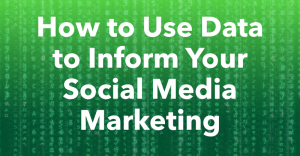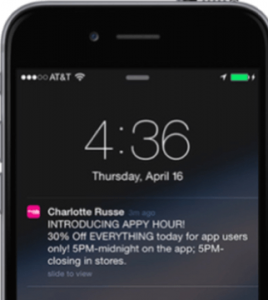The Future Will Be About Walled Gardens — And That’s OK
It seems you can’t read anything in the trades these days about the future of streaming video advertising without ominous warnings that something called “walled gardens” will dominate that future, that they are bad, and will be bad for that future. I disagree.
The notion of walled gardens — closed ecosystems limited to certain sets of users and partially or largely separated from other, competitive services with controlled provisioning of access to outside services — isn’t new in the world of technology. Virtually every telephone and telecommunications company is a walled garden. Health care providers are walled gardens. Banks are walled gardens. Retailers are walled gardens.
Most larger media properties are walled gardens. All of the major social media sites are walled gardens. Most mobile phones and connected televisions are parts of manufacturer-controlled walled gardens. Search engines are walled gardens. Netflix, Amazon Prime, Apple TV+ and Google YouTube are walled gardens. So are services like Peacock, Tubi, Roku and TikTok.
Being a walled garden isn’t a bad thing. Most times, it is essential to operate that way to ensure a reliable, functioning ecosystem for users, and is where many companies focus their resources for differentiation.
Apple is a great example. Steve Jobs’ vision for the iPhone was that the company needed to control not just the hardware and software to build a truly special user experience, but the services layer, too. No matter how you feel about Apple, you have to admit the company has executed on that vision, delivering a user experience unlike any other.
For sure, the future of video advertising will require that scaled ad buyers, sellers, data suppliers, measurement companies and others will have to work across many different walled garden video ad platforms.
It will be important that each support certain common protocols to enable access to their platforms and the ability to create certain levels of comparability. That doesn’t mean they all must become “open platforms” permitting anyone to use them, enabling anyone to buy ads on their platforms, to talk to their users, or to capture or harvest their users’ data in the way that so many web publishers did so foolishly, in the end creating a real disservice for their users and their ultimate businesses.
For example, I am a total supporter of Apple’s decision not to open its platform up to the kind of data harvesting that so many in the industry are calling for. Protecting customers’ privacy and data is a key tenet in Apple’s brand value proposition. It’s right to avoid playing in the market’s data “reindeer games.”
That the future of video advertising will be about working across a number of companies, each operating a walled garden, each with large and unique audiences — some overlapping, some complementary — is just how the landscape is going to develop. Ad-tech companies that want to win will be expert at working in that world and supporting it, not attacking it.
Walled gardens are being created by these large video platforms because they don’t want to repeat many of the mistakes that web publishers made in jumping into the cookie-denominated, real-time-bidded, world of banner ad exchanges, which destroyed so much of the publisher ecosystem and perpetrated massive siphoning of clients’ cash to those exchanges — and supported fraud. Nope, those players are going to find themselves blocked by “walled gardens” intent on ensuring a premium, user-first experience that will engender their loyalty and attention.
I like that “walled garden” world a lot more than I like what the web publishing world has become. What do you think?
(4)






